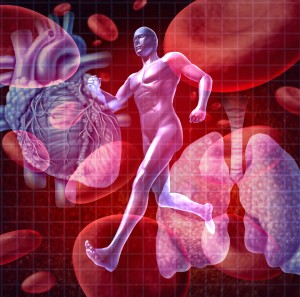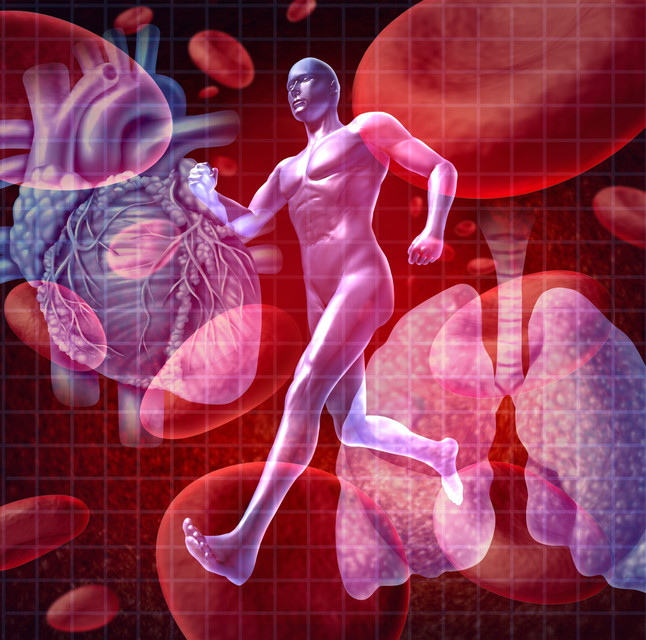Nov 3rd 2025
What is Cardiovascular Fitness?
 We all know that physical fitness is a good thing. Fitness is associated with heart and lung health, good blood sugar control, and a longer, more productive and enjoyable life. But what does it actually mean, and what do you have to do to get and stay fit?
We all know that physical fitness is a good thing. Fitness is associated with heart and lung health, good blood sugar control, and a longer, more productive and enjoyable life. But what does it actually mean, and what do you have to do to get and stay fit?
Although some definitions of fitness also include muscle strength, flexibility and body composition, fitness usually refers to cardiovascular fitness, or aerobic capacity—the ability of your heart, lungs and circulatory system to supply oxygen-rich blood to muscles and organs and remove metabolic waste products during exercise.
You can assess your own aerobic capacity to some extent by how winded you get climbing stairs, lifting heavy packages or running for a bus. A more scientific home test is given here. You can also go to a clinic or health spa and have it measured by exercising as hard and long as you can on a treadmill while your heart rate and breathing capacity are measured. According to studies done at the Cooper Institute, for each minute of improved time, your risk of early death may drop nearly 10%.
To become more aerobically fit, you have to do regular “aerobic exercise,” which is exertion that causes your heart and lungs to work harder than usual, forcing them past their current capacity. Done regularly, they will make physiological changes to adapt to the increased requirements, increasing your fitness level. Then you can push a little past that level, and so on.
Any exercise that uses the large muscles of the body and causes your heart rate to rise, such as brisk walking, jogging, cycling, swimming, dancing, rebounding and even energetic housework, can be “aerobic.”
If you want to increase your fitness level, most recommendations suggest doing 20-60 minutes of aerobic exercise at 50-85% of your maximum heart rate three to five days per week. According to the American Heart Association, your maximum heart rate is about 220 beats per minute minus your age. When you start an exercise program, you should aim for about 50% of this maximum. As you get into shape, gradually exercise harder until you’re achieving 85% (see the chart).
To monitor your heart rate you’ll need a timer that counts seconds. Take your pulse either at your wrist or at the side of your neck. Count your pulse for 10 seconds and multiply by 6 to get beats per minute.
You can break up your exercise sessions, however bear in mind that it takes 3-4 minutes to warm up your body and achieve a “training rate,” so exercising for at least 15 minutes at a time is advised.
A few heart medications lower the maximum heart rate and thus the target zone rate. If you have a heart condition, work with your health provider to plan your exercise program.
References:
 Fuel your life with the purest vitamins
Fuel your life with the purest vitamins
